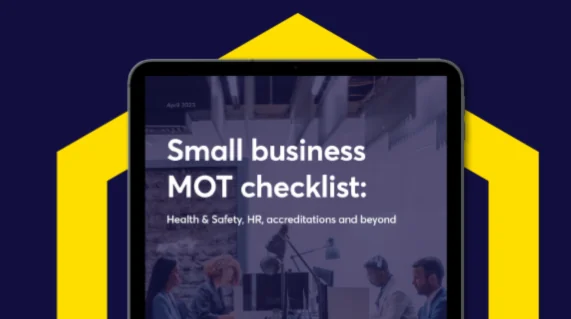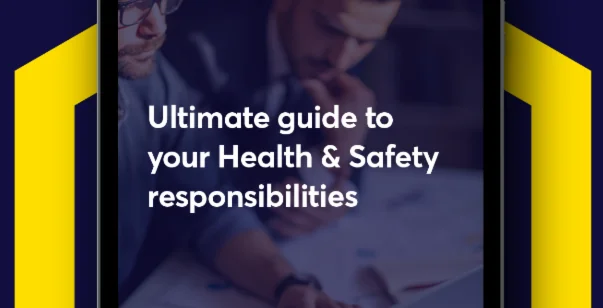Working in the Sun
Working in the sun is something that lots of workers in the UK have trouble with. Sunburn and UV exposure are hot topics during the summer months, so it’s important to ensure they don’t burn a hole in your employees’ wellbeing (double pun intended).
As an employer, we understand that you’re not able to stop workers from working in the sun and restrict your employees to the shade, but it is all about identifying and managing the risks.
At least 1,500 new cases of non-melanoma skin cancer and 240 new cases of malignant melanoma associated with sun exposure at work are diagnosed in Britain each year, so what are the risks of working in the heat and how can you help reduce risks to your employees?
Potential risks of working in the heat
- Sunburn
- Difficulty concentrating
- Muscle cramps
- Heat rash
- Severe thirst
- Fainting
- Fatigue, nausea, headache, hot dry skin
- Confusion, convulsions and even loss of consciousness
Good to know – 90% of all skin cancer deaths can be prevented if businesses and their employees take the proper precautions.
We’ve listed below some helpful hints and tips to help below –
UV index
The UV index lets you know the strength of UV rays given off by the sun wherever you are. If UV’s are going to be high on a particular day you can plan for this, if there is work needed doing with requires workers to be indoors you could arrange to do this on a day where the UV index is particularly high.
Plan your day
If it’s a hot day try to organise the day’s workload so that you aren’t directly under the sun during the hottest hours (typically between 11-3).
Take a break
Breaks are important all year round, but particularly in the sun. Take regular breaks as an opportunity to cool off in the shade and drink water.
Stay hydrated
Drink plenty of water.
Good to know – Caffeinated drinks can dehydrate you further, so try to avoid tea and coffee.
Cover up
Encourage long-sleeved tops and trousers wherever possible made of loose-fitting material.
Hats & sunglasses
Encourage hats and sunglasses – hats should ideally shade the face, neck, ears and head
Factor 15+
Fator 15 is the minimum recommendation even on cloudy days, so choose a higher SPF if possible and reapply frequently.
After all back in 2017 three-fifths of builders said they “would rub sun cream on a workmate”, so we can only hope it’s increased?
Early detection of sun exposure saves lives
Encourage employees to regularly check their skin for moles and any changes. Moles can be a sign of being exposed to the sun and can be early signs of skin conditions.





